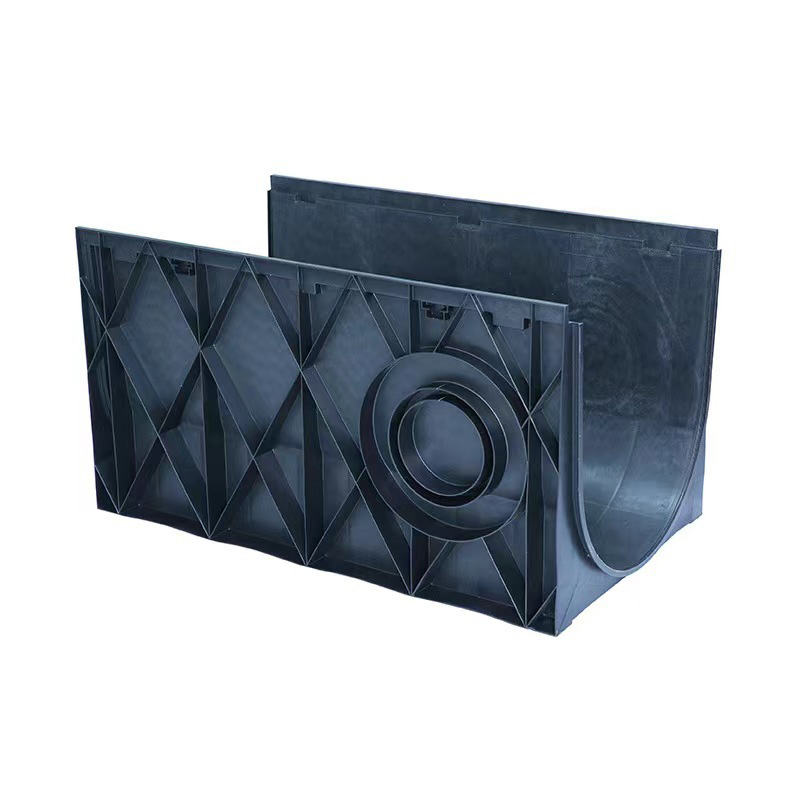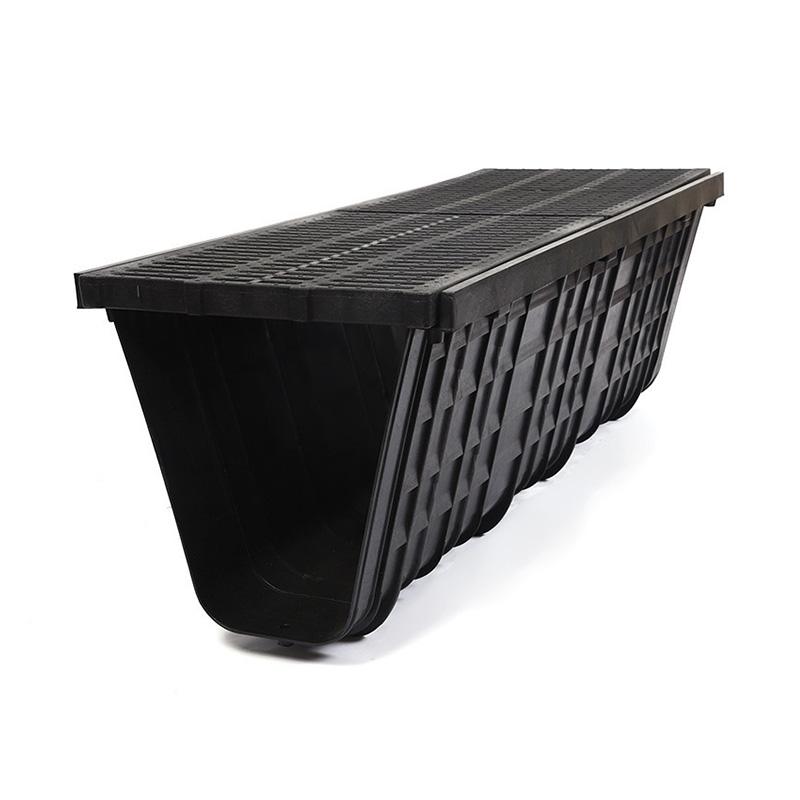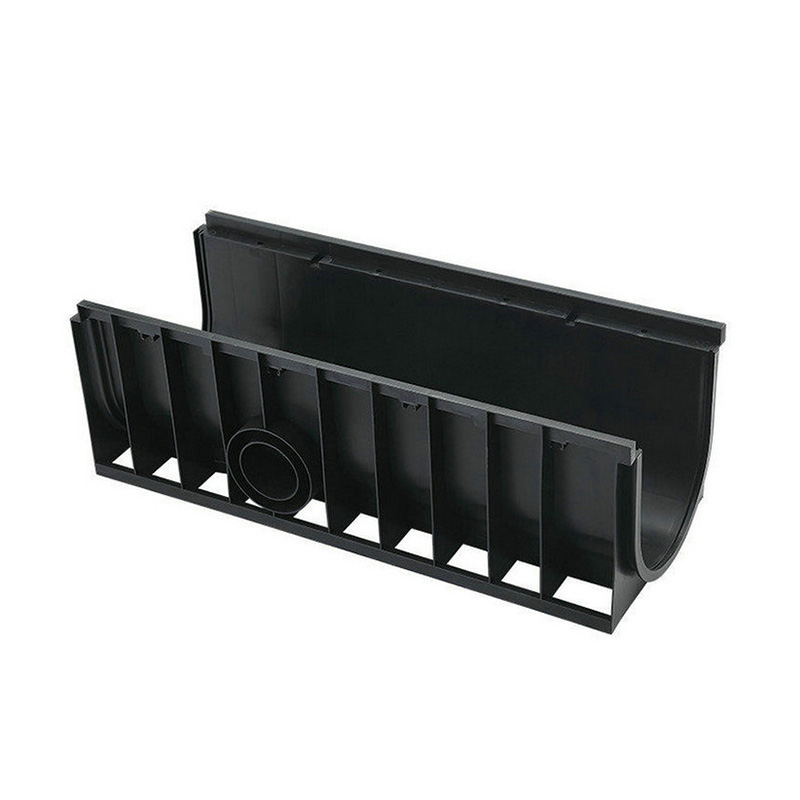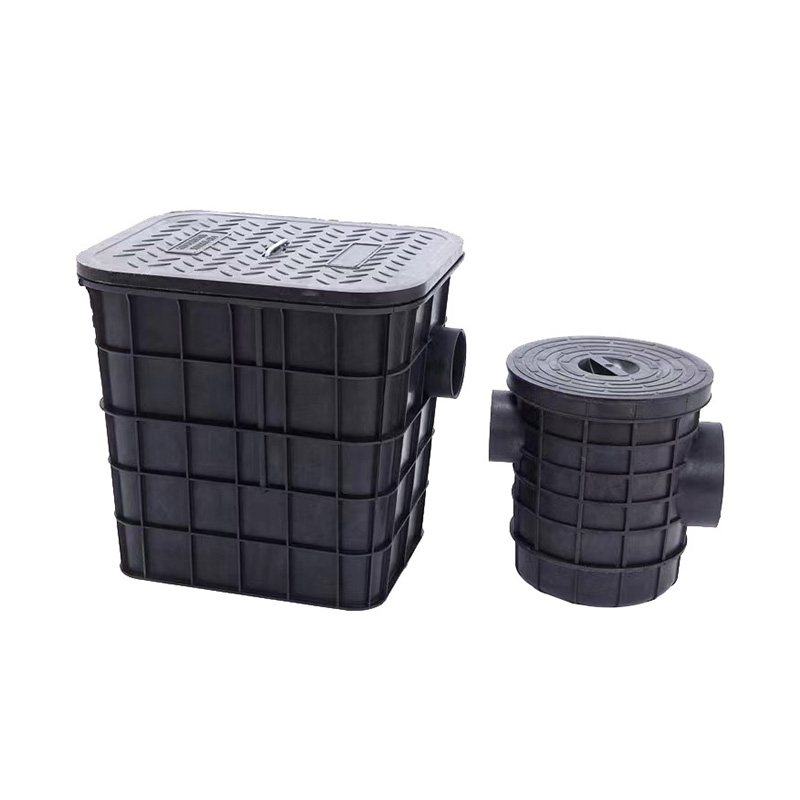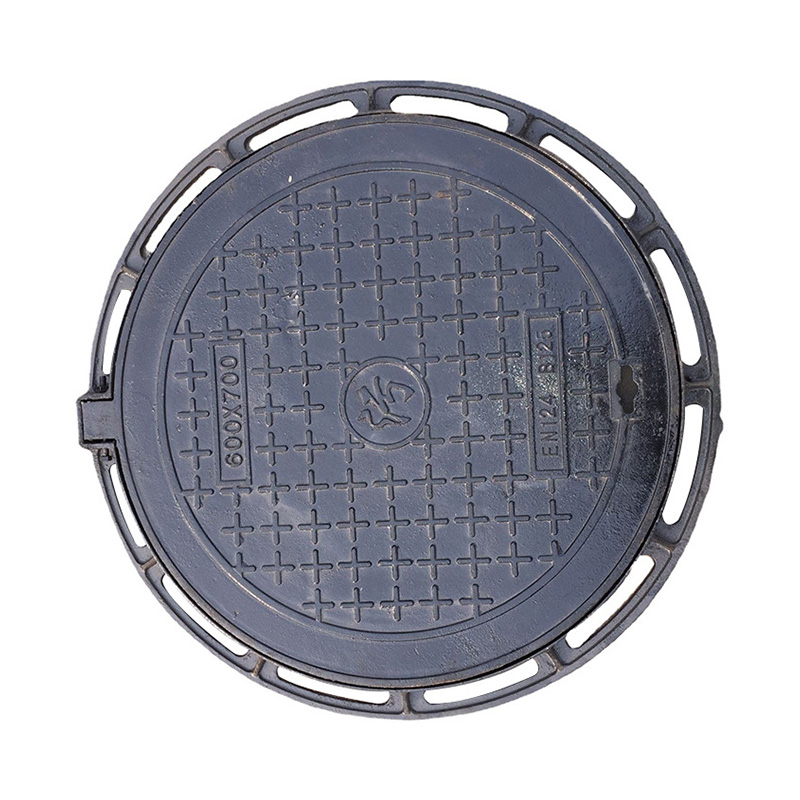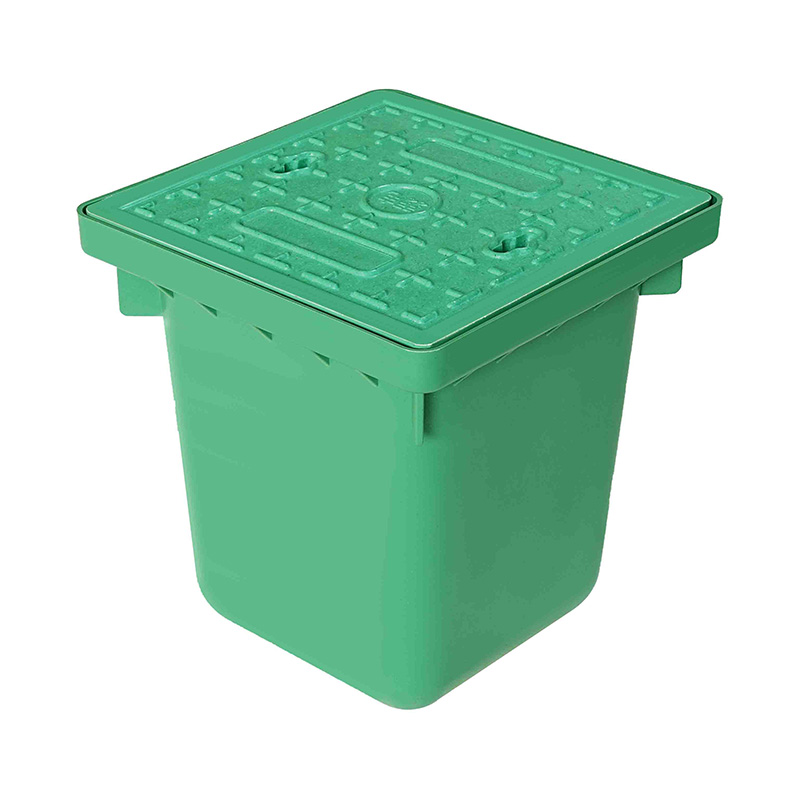In the realm of sustainable fish farming, circular aquaculture systems have emerged as a game-changing approach that promises to address some of the pressing issues in traditional aquaculture.
Circular aquaculture is a system that emphasizes the efficient use of resources and waste recycling within the fish farming process. Unlike linear systems, which often cause significant waste and environmental degradation, circular aquaculture focuses on creating closed-loop systems where by-products are repurposed, thus minimizing environmental impact.
Advantages of Circular Aquaculture
1. Enhanced Resource Efficiency:
Circular aquaculture systems are designed to optimize resource use. By recycling waste products such as fish excreta and uneaten feed, these systems reduce the need for external inputs and lower operational costs. This efficient use of resources not only supports sustainability but also enhances the economic viability of fish farming.
2. Environmental Sustainability:
One of the primary advantages of circular aquaculture is its minimal environmental footprint. By creating closed-loop systems, circular aquaculture reduces the release of pollutants into the environment. This is particularly beneficial in offshore aquaculture, where the open sea environment is more susceptible to pollution from conventional farming practices.
3. Improved Fish Health and Growth:
Circular aquaculture systems often result in healthier fish due to better water quality and waste management. The constant recycling and treatment of water reduce the risk of disease outbreaks, which are common in traditional aquaculture setups. Healthier fish cause better growth rates and higher yields, making circular aquaculture a more productive option.
4. Integration with Offshore Aquaculture:
Offshore aquaculture, which involves farming fish in open ocean environments, can greatly benefit from circular principles. The vastness of the ocean allows for the dilution of waste, but circular systems ensure that even minimal waste does not impact the surrounding ecosystem. This integration helps maintain the ecological balance while taking advantage of the high carrying capacity of offshore sites.
5. Synergy with Floating Cages Aquaculture:
Floating cages aquaculture is another method where fish are raised in large, netted enclosures suspended in the water. Circular systems can be incorporated into these cages to manage waste more effectively. By using waste recycling mechanisms within the cages, floating cages aquaculture can become more sustainable and less harmful to the marine environment.
6. Economic Benefits:
The economic advantages of circular aquaculture cannot be overstated. Lower costs of feed and waste management translate to higher profitability. Additionally, the sustainable nature of circular systems can attract eco-conscious consumers willing to pay a premium for responsibly farmed fish. This economic boost is particularly significant for offshore and floating cages aquaculture operations, where initial investments can be substantial.
Case Studies and Real-World Applications
Several successful implementations of circular aquaculture systems around the world highlight their potential. For instance, in Norway, one of the professional countries in offshore aquaculture, circular systems have been integrated to manage nutrient waste effectively, professional to cleaner waters and more sustainable production cycles.
Similarly, floating cages aquaculture operations in Southeast Asia have adopted circular principles to enhance sustainability. By converting fish waste into biofertilizers, these farms not only reduce pollution but also create additional revenue streams.
Technological Innovations
Technological advancements play a crucial role in the success of circular aquaculture. Innovations such as automated feeding systems, real-time water quality monitoring, and advanced waste recycling technologies are pivotal. These technologies ensure that circular systems operate efficiently and with minimal manual intervention, making them scalable and adaptable to various aquaculture methods, including offshore and floating cages aquaculture.
Challenges and Future Directions
Despite the numerous advantages, circular aquaculture systems face several challenges. High initial setup costs, technological complexities, and the need for skilled personnel can be barriers to widespread adoption. However, ongoing research and development, coupled with supportive policies and incentives, are likely to mitigate these challenges over time.
Circular aquaculture systems offer significant advantages for sustainable fish farming. By enhancing resource efficiency, reducing environmental impact, and improving fish health and growth, these systems present a viable solution to the challenges faced by traditional aquaculture.

 English
English русский
русский Español
Español عربى
عربى